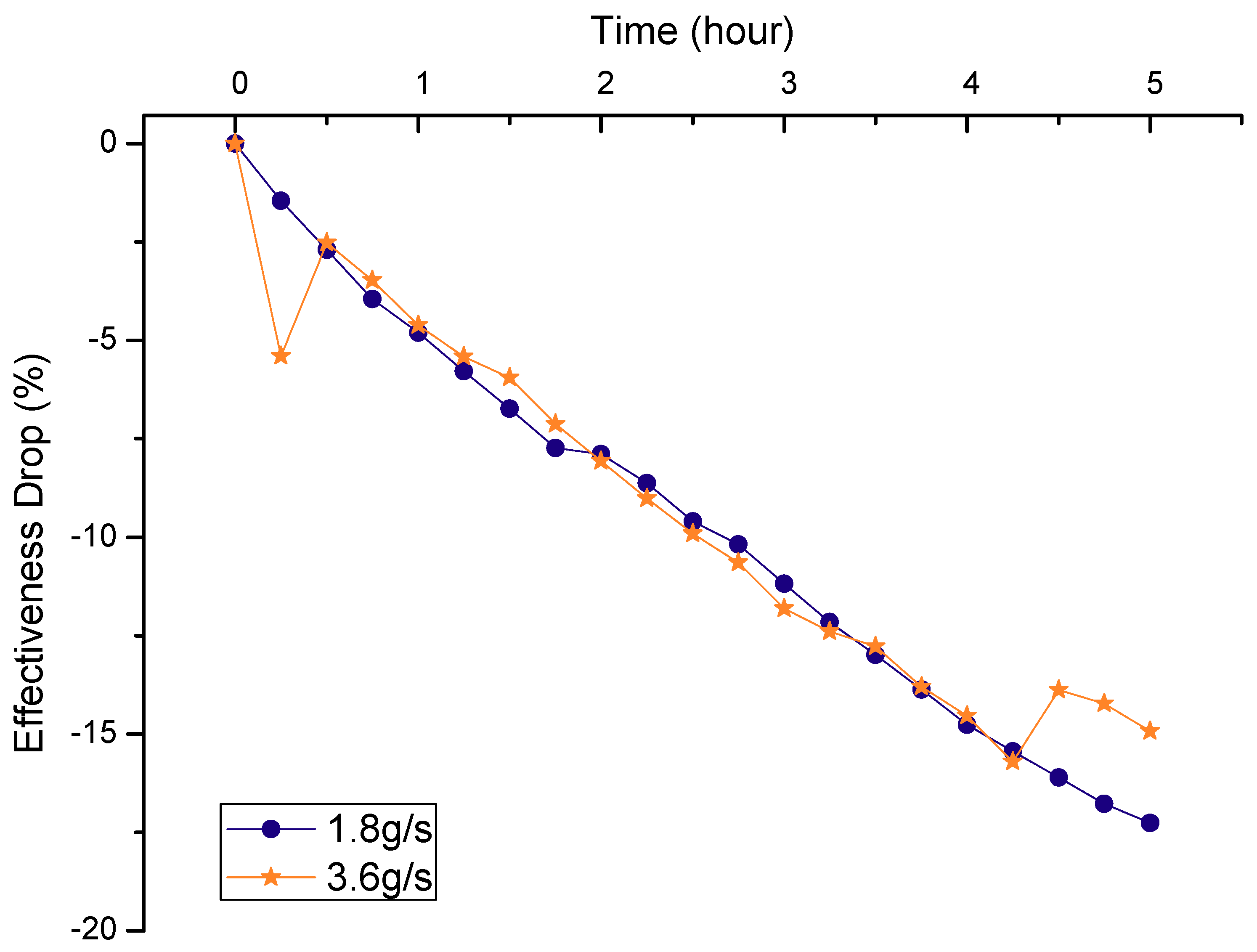
Countercurrent Heat Exchange Inspired by Birdsĭucks and penguins that live in cold climates have an innovative adaptation that helps them survive the elements. The system uses only 10 percent as much energy as conventional air-conditioning to drive fans that keep the air circulating.Ģ. The insects accomplish that feat with a clever system of air pockets, which drive natural ventilation through convection.Īrchitect Mick Pearce and engineering firm Arup borrowed that idea to build Eastgate Centre, a large office and shopping center in Zimbabwe that is cooled with the outside air. A few years ago, scientists observed that big termite mounds in Africa stay remarkably cool inside, even in blistering heat. Perhaps the most famous example of biomimicry when it comes to heating and cooling is ventilation inspired by termites. (See "In Search of Green Air-Conditioning.") These designs suggest some of what could be learned by applying the lessons of biomimicry to the problem of air-conditioning in particular. Instead of using large inputs of energy and toxic chemicals to make things and ship them across the globe, nature makes what it needs where it needs it, with water-based chemistry. In natural systems, nothing is wasted, since everything can be used by something else. "I wish we had been at the design table at the Industrial Revolution." "With biomimicry we're able to apply fresh thinking to traditional manufacturing, to undo the toxic and energy-intensive mistakes of the past," said Benyus, who is part of a group that hopes to lead a new revolution in design by imitating nature. (See "Nature Yields New Ideas for Energy and Efficiency.") Janine Benyus, a biologist, innovation consultant, and author of the book Biomimicry: Innovation Inspired by Nature, told National Geographic that copying the way plants and animals solve natural problems can provide many benefits, from environmental sustainability to economic efficiency.


Air-conditioning uses a tremendous amount of energy, but a new group of designers think they can solve that problem by mimicking Mother Nature's craftiness. With heat waves gripping much of the planet, electricity grid operators are sweating even more than their customers.


 0 kommentar(er)
0 kommentar(er)
